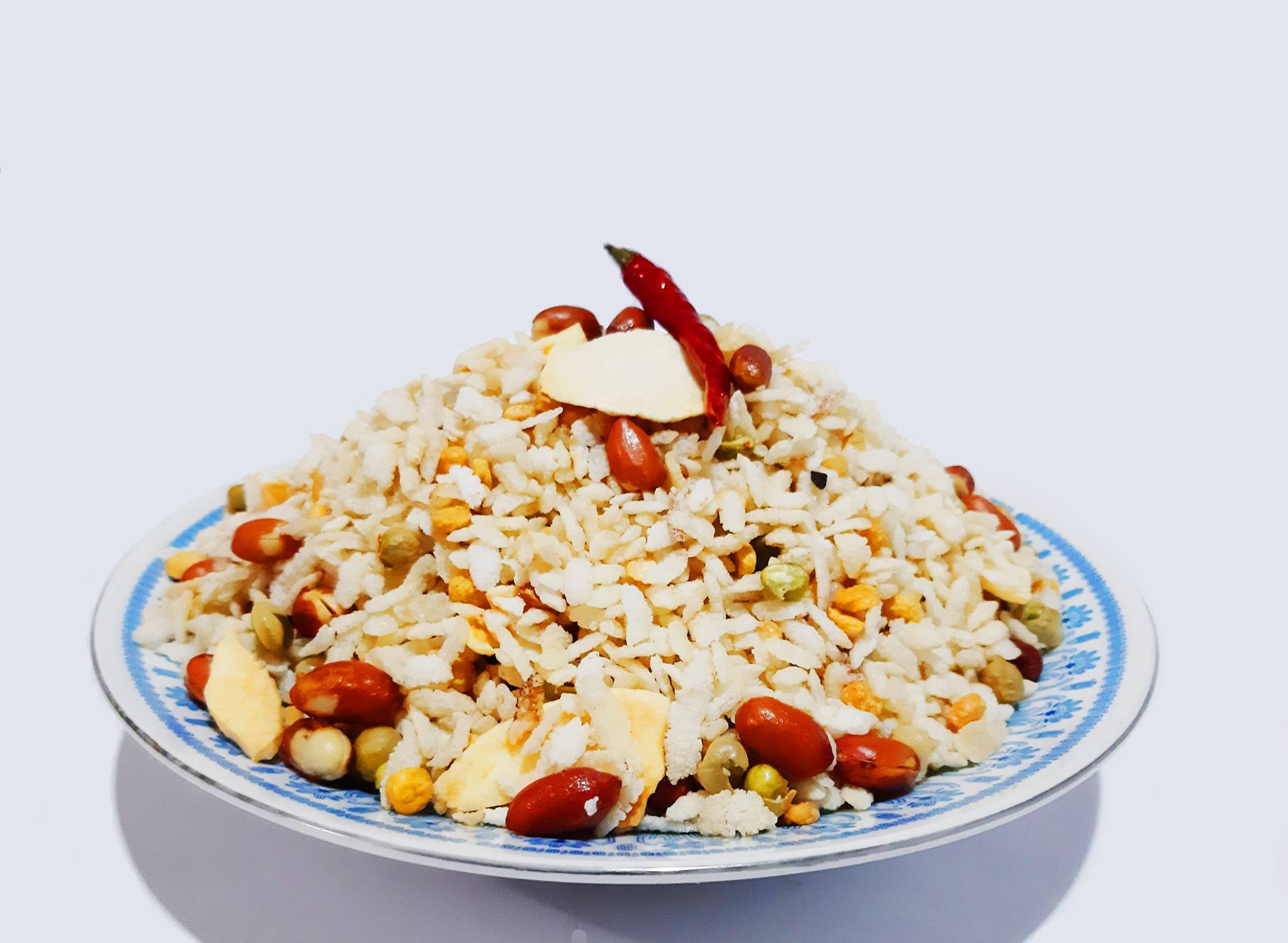
Furandana (फुरनदाना)
Furandana: A Popular Nepali Snack
Furandana (Nepali: फुरन्दाना) is a popular Nepali snack made from beaten rice (chiura) that is flattened and roasted until it becomes light and crispy. It is...
Get Furandana (फुरनदाना) From Nearby Stores
No Recommendations Available
We couldn't find any stores with Furandana (फुरनदाना) products at the moment.